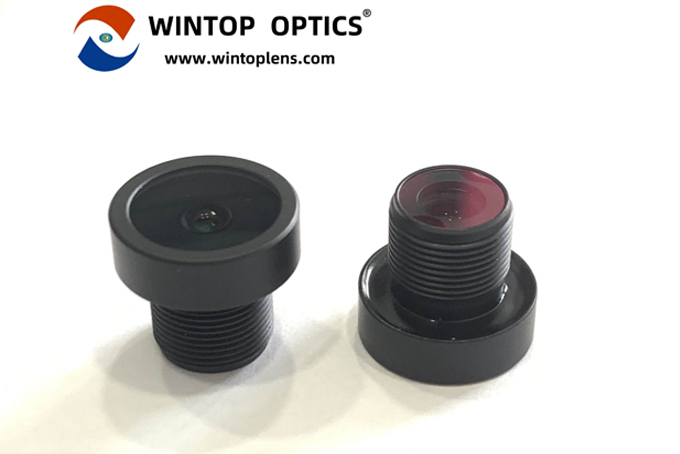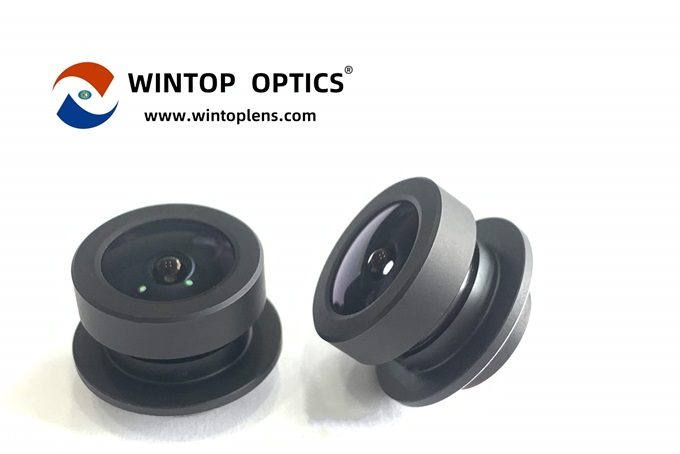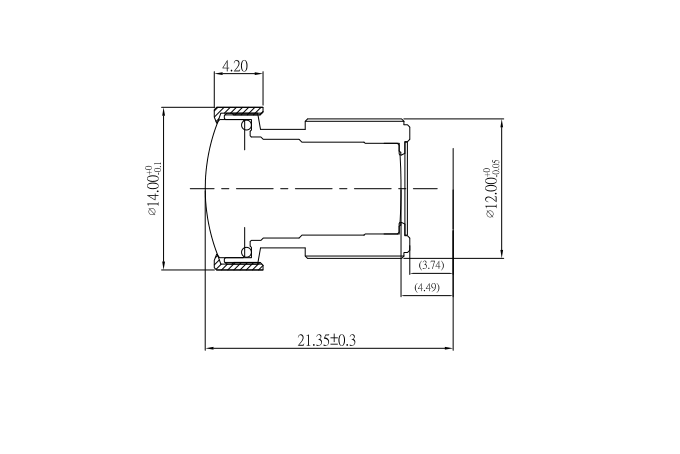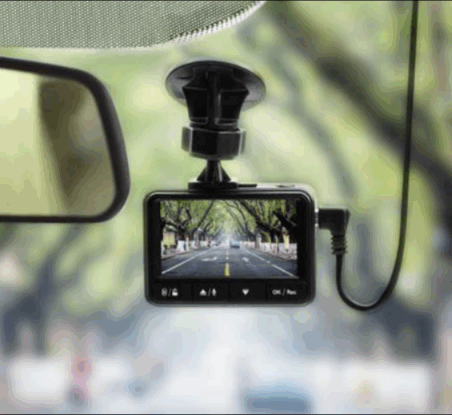What Camera Lens is Good for Car Photography?
Aug 30, 2024
Car photography is a specialized field that requires the right equipment to capture the essence, style, and details of vehicles in the best light. Whether you're photographing a car for a commercial shoot, a personal project, or simply to showcase your ride on social media, choosing the right lens can make all the difference. In this post, we'll explore the types of camera lenses that are ideal for car photography, with a focus on the Car Camcorder Lens, Front View Lens, and Electronic Rearview Camera Lens.
1. Car Camcorder Lens: Capturing Every Detail
When it comes to capturing the intricate details of a car, a Car Camcorder Lens is an excellent choice. This type of lens is designed to deliver high-quality video footage, which is crucial for dynamic shots where you want to highlight the movement, texture, and shine of the vehicle. These lenses typically offer a wide-angle view, allowing you to capture more of the car and its surroundings in a single frame. The wide-angle perspective is particularly useful for interior shots, as it helps to avoid distortion while showcasing the design and layout of the car's cabin.
Tip: When using a car camcorder lens, try experimenting with different angles and lighting conditions to emphasize the car’s unique features. For example, shoot during the golden hour to enhance the car's paintwork and overall appeal.
2. Front View Lens: The Perfect Angle for Car Exteriors
The Front View Lens is specifically tailored for capturing the front view of vehicles. This lens is ideal for head-on shots that highlight the car’s grille, headlights, and overall front design. It often has a moderate focal length, providing a balanced perspective that doesn’t distort the proportions of the vehicle.
A front view lens is also useful for shooting in tight spaces, where you may not have the luxury of backing up to frame the entire car. Its ability to focus on the car’s front view without exaggerating or diminishing its features makes it a staple in car photography.
Tip: Position the car in a visually interesting setting, such as against a backdrop of mountains or city lights, to add depth and context to your shots.
3. Electronic Rearview Camera Lens: Enhancing Rear Shots
An Electronic Rearview Camera Lens is commonly used in car photography to capture the rear view of vehicles. This type of lens is designed to provide a clear and wide-angle view of the rear, making it perfect for showcasing details like the taillights, bumper design, and rear spoiler. These lenses are often equipped with features like night vision or low-light capabilities, which are essential for capturing rear shots in various lighting conditions.
For photographers, the electronic rearview camera lens can be a valuable tool for capturing the rear of the car in a way that highlights its design and functionality. Whether you're photographing a sleek sports car or a robust SUV, this lens will ensure that every detail is visible and well-defined.
Tip: Use this lens to experiment with different compositions, such as low-angle shots that make the car look more imposing or dynamic rear shots that emphasize the vehicle's speed and power.
Selecting the right camera lens is crucial for capturing stunning car photographs. Whether you're focusing on the details with a Car Camcorder Lens, emphasizing the front view with a Front View Lens, or showcasing the rear with an Electronic Rearview Camera Lens, each lens serves a specific purpose in car photography. By understanding the strengths of each lens type, you can create compelling images that truly capture the essence of the vehicle. So, the next time you set out to photograph a car, make sure you have the right lens to achieve the perfect shot.



